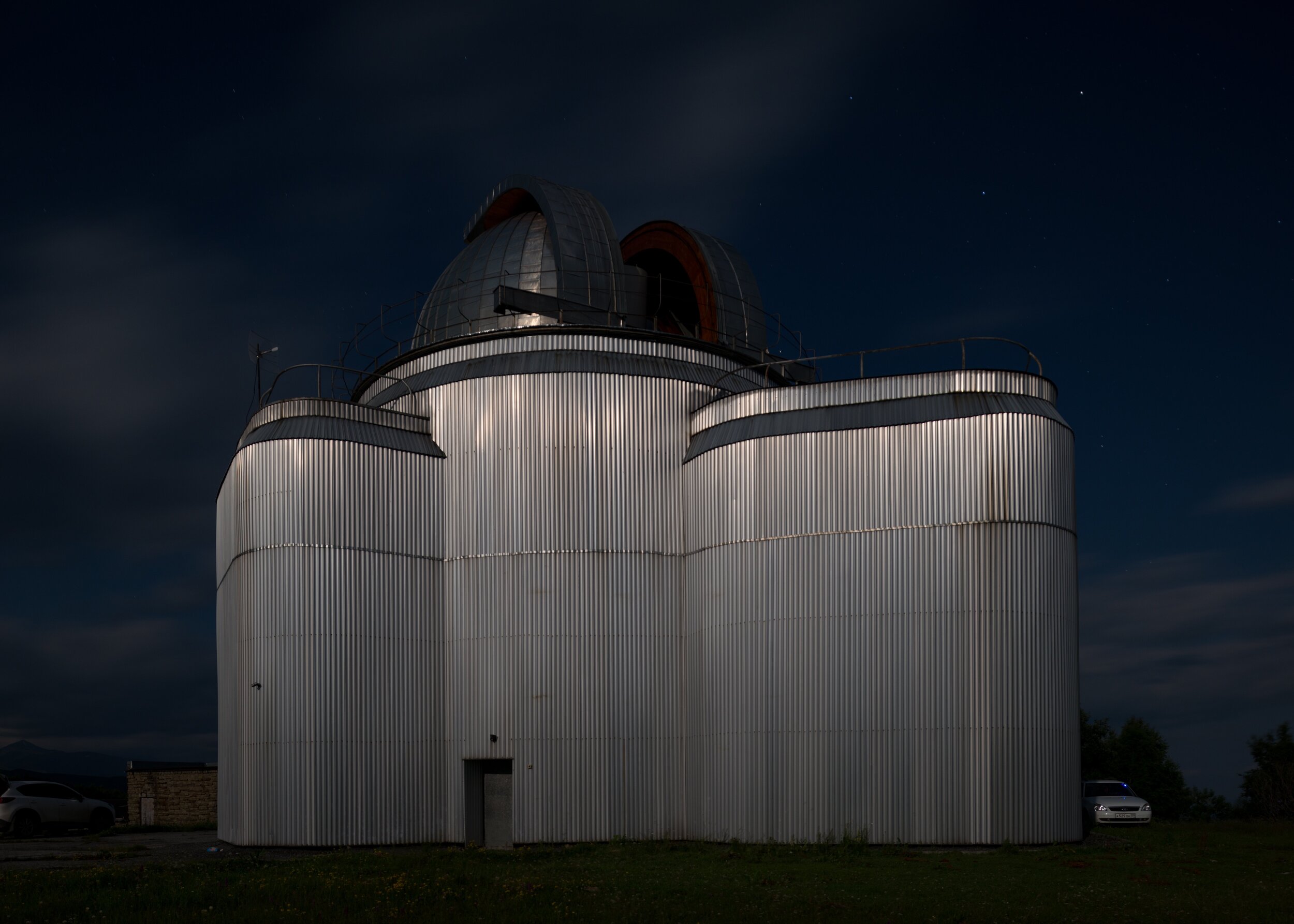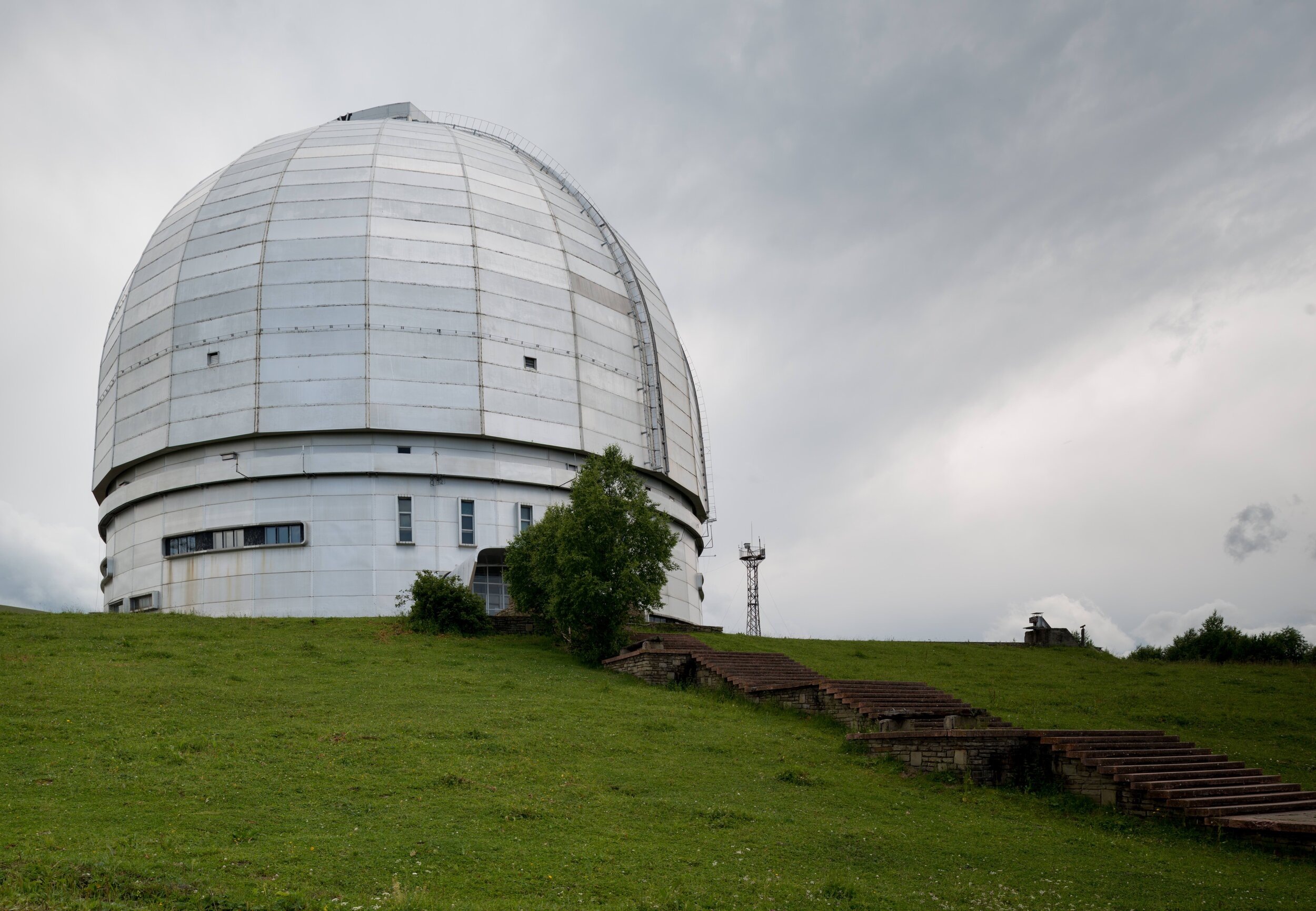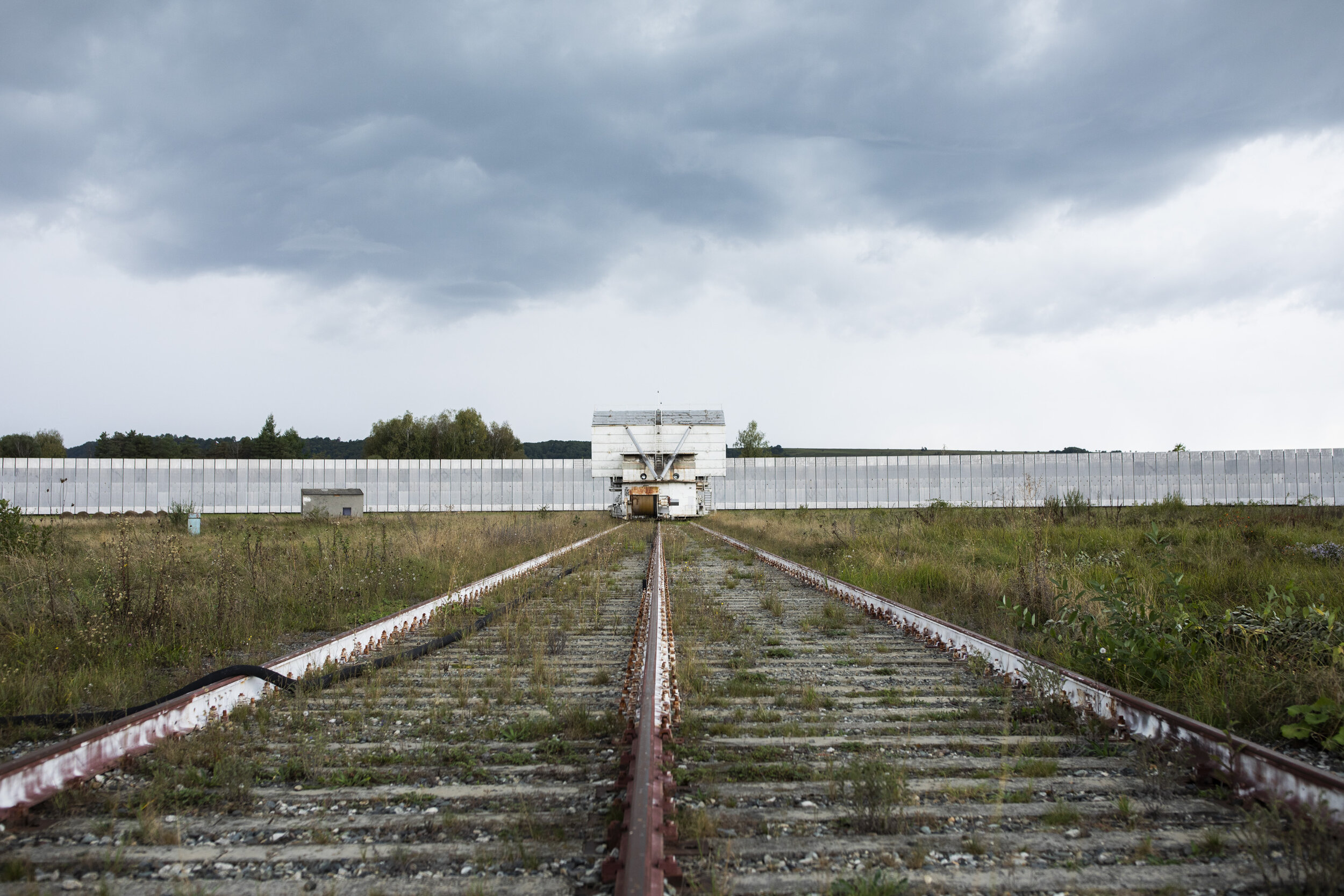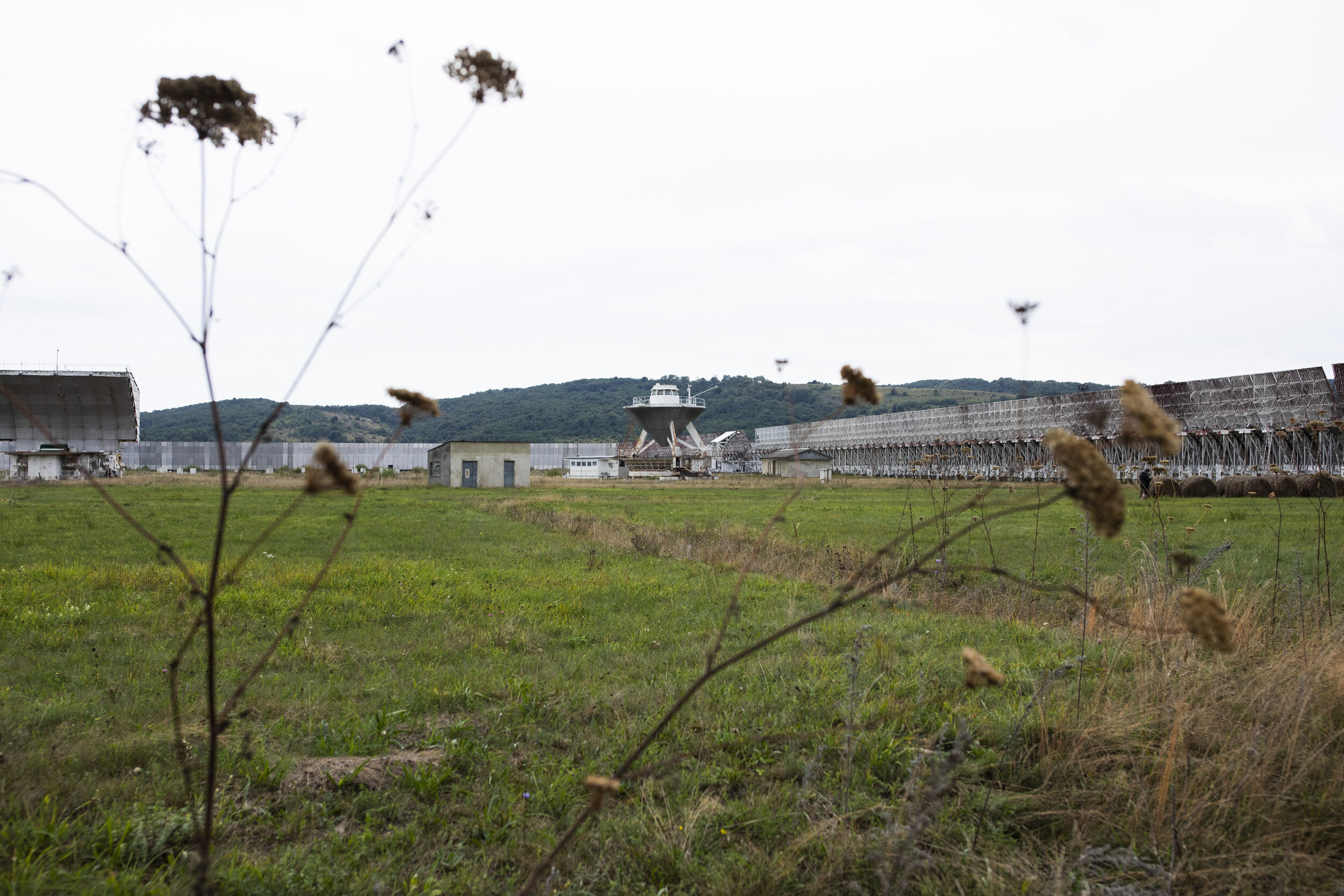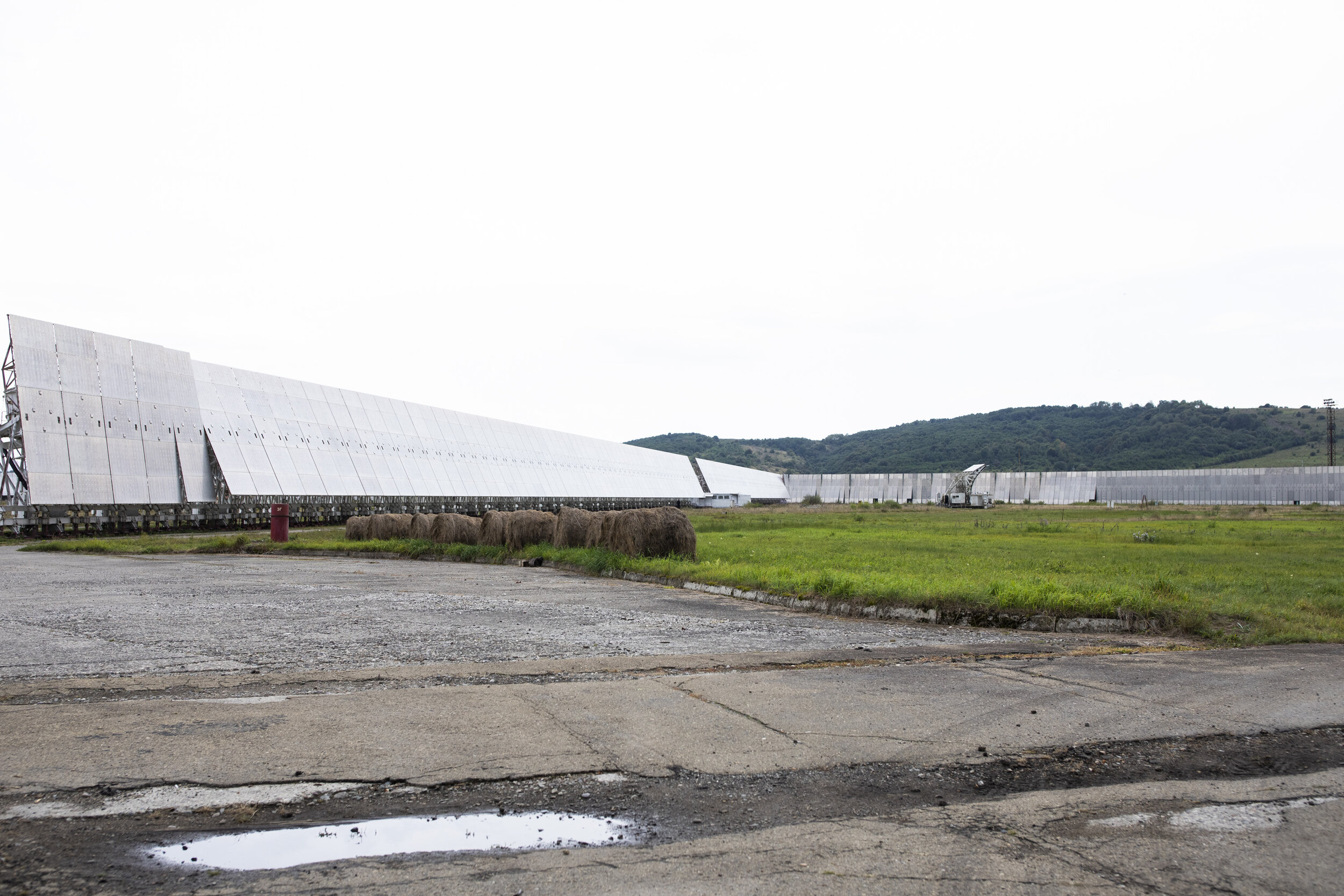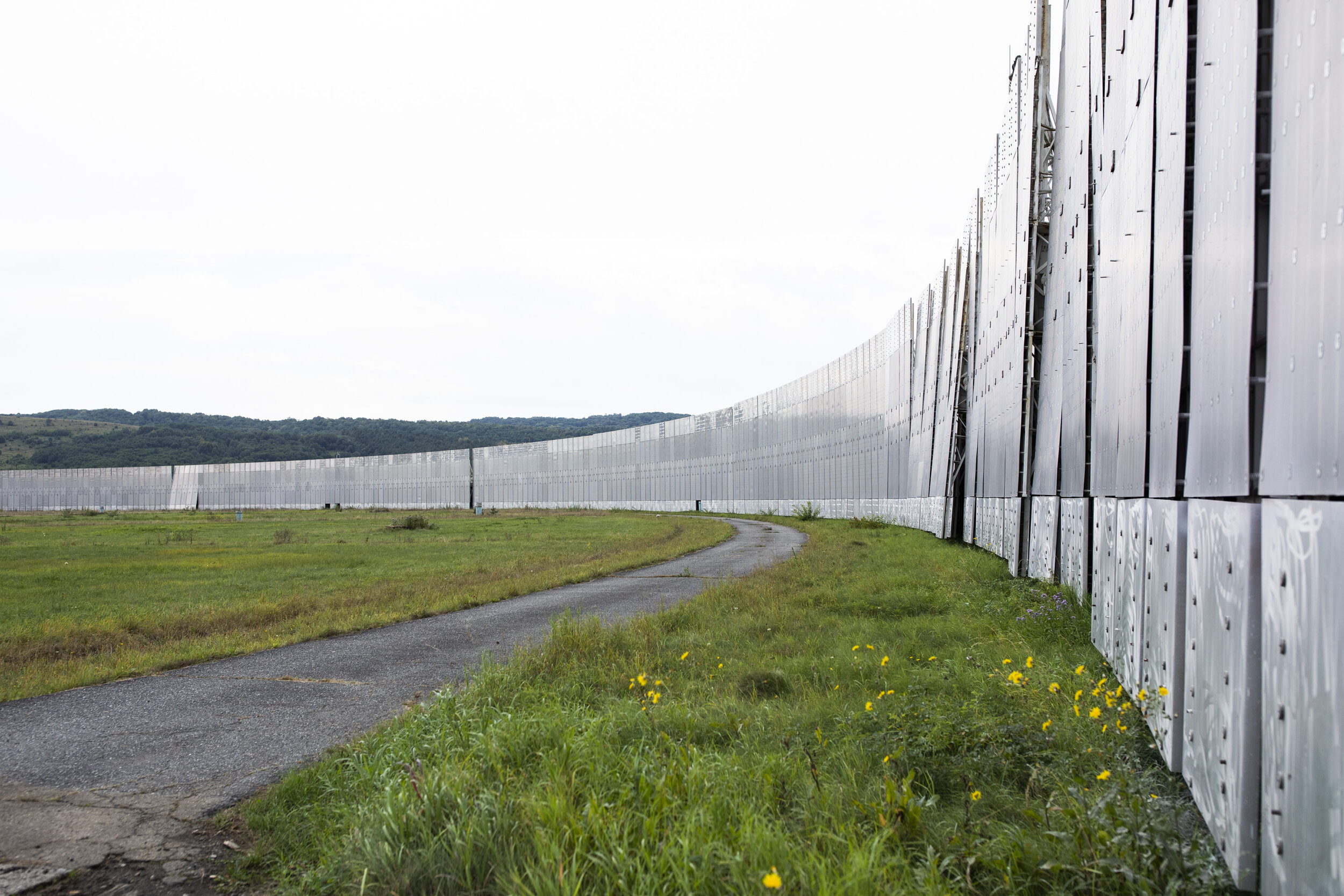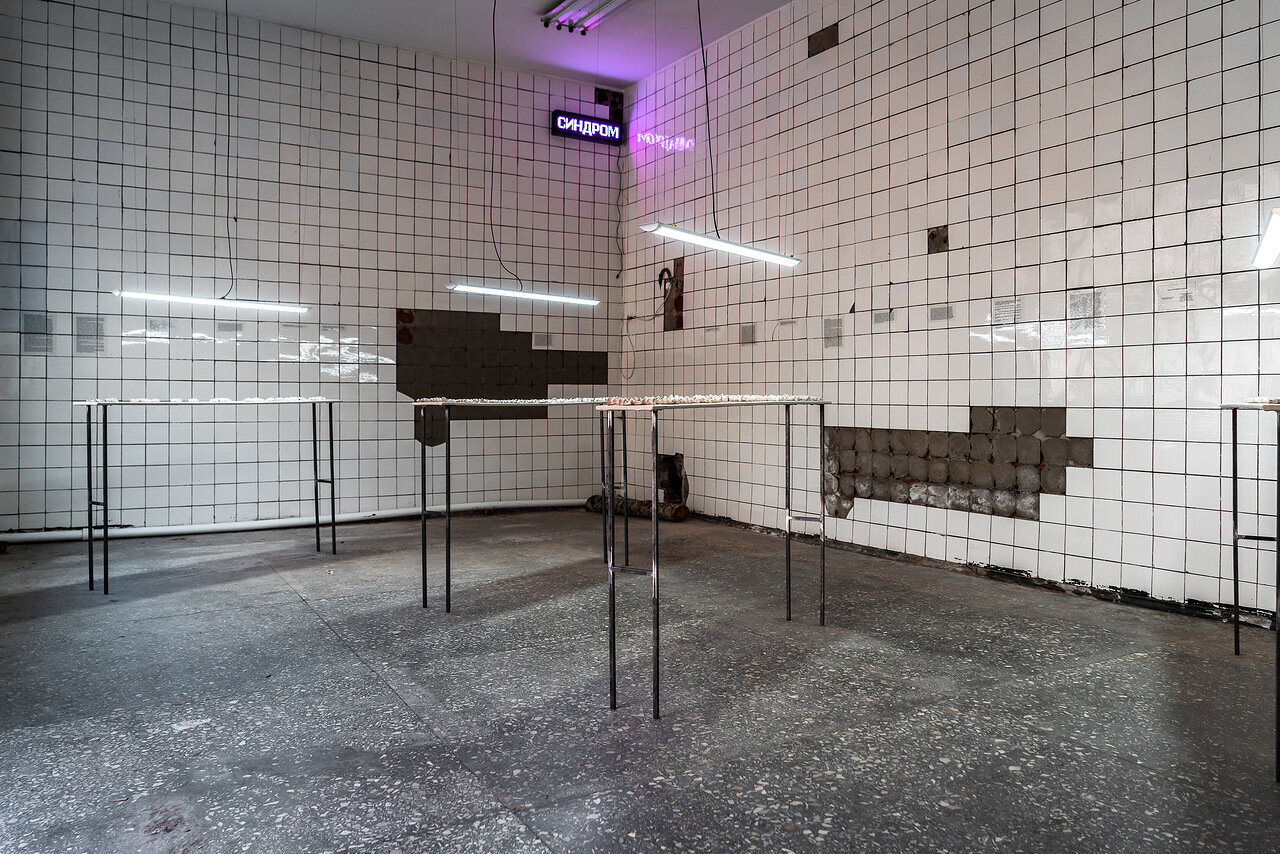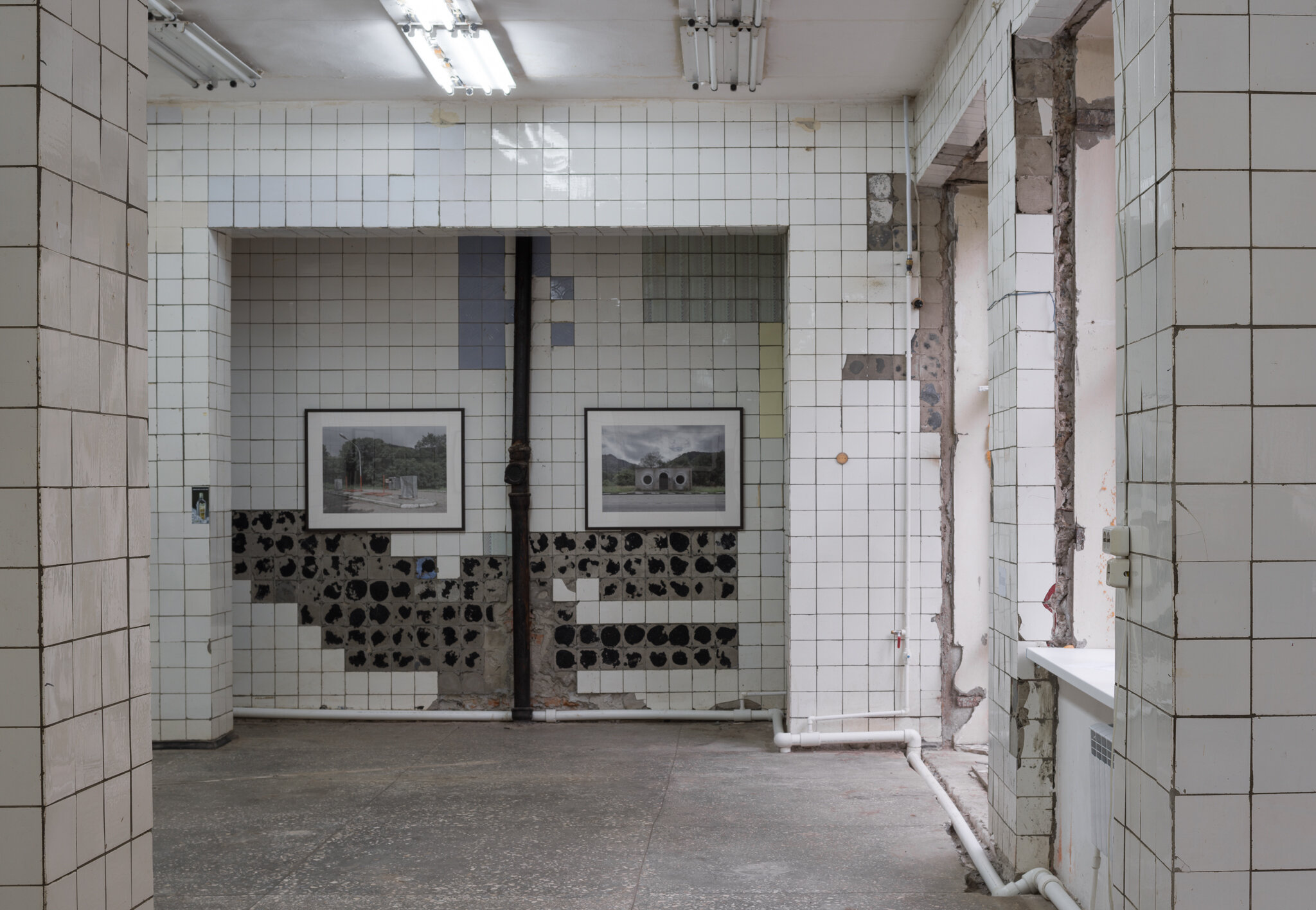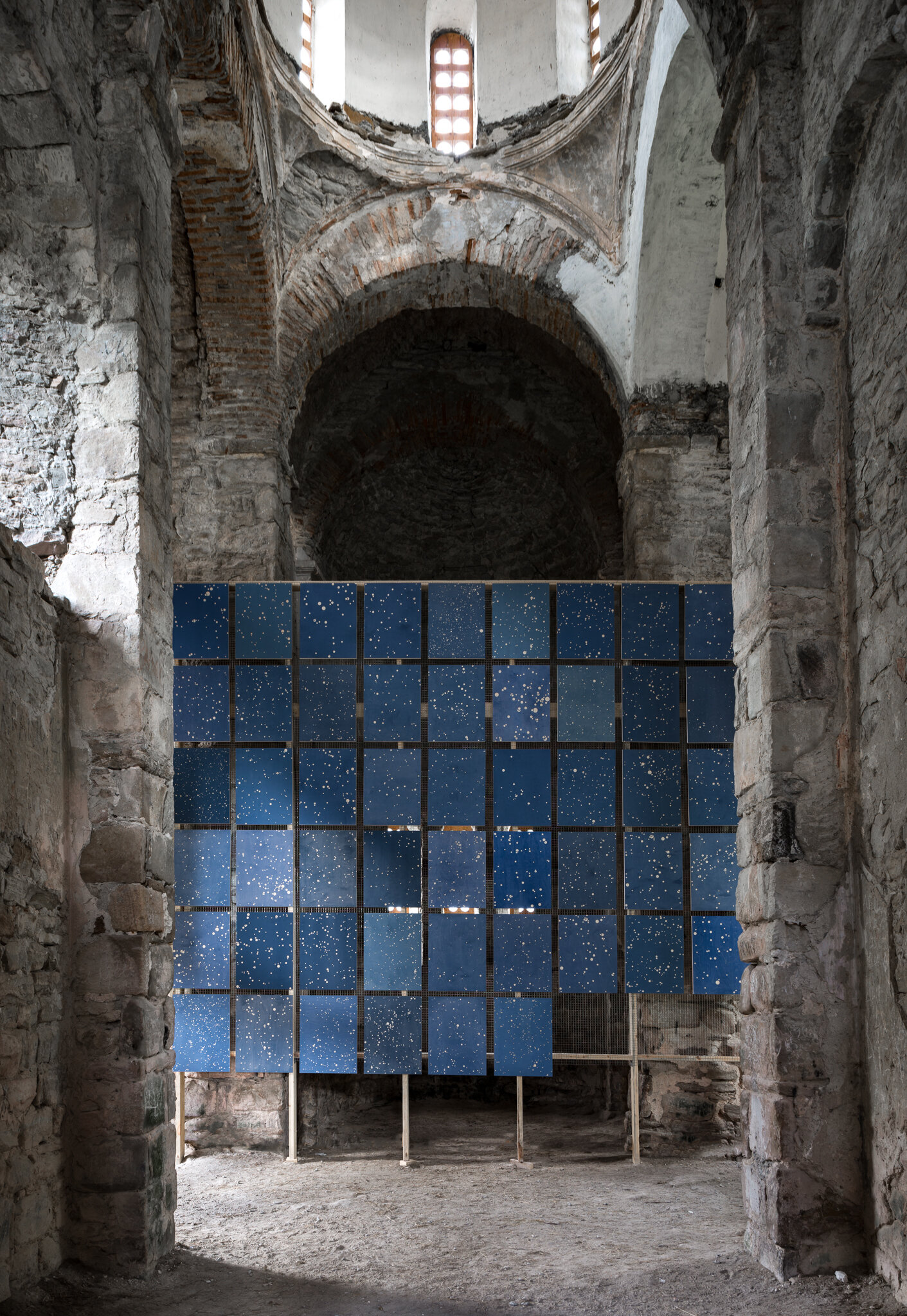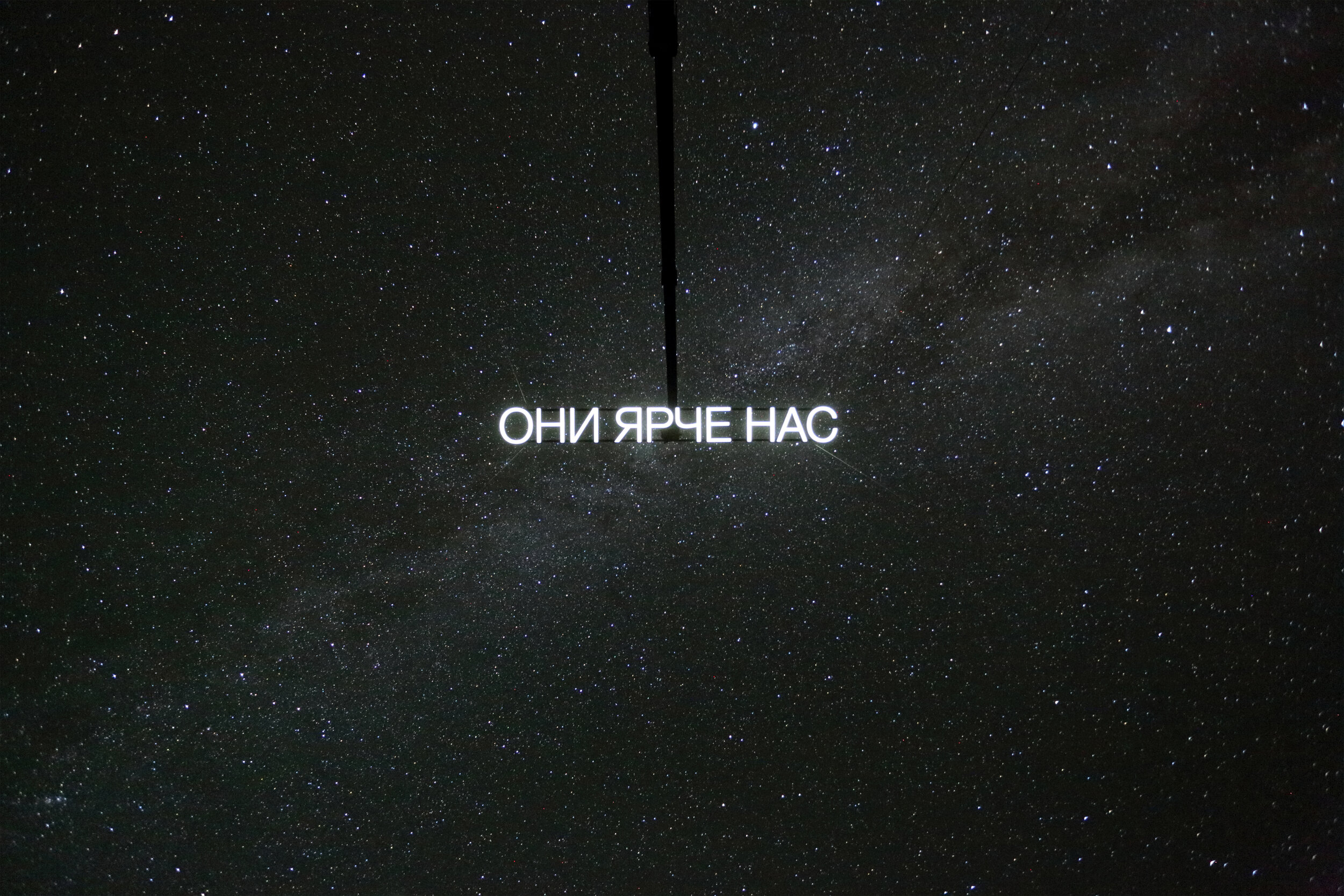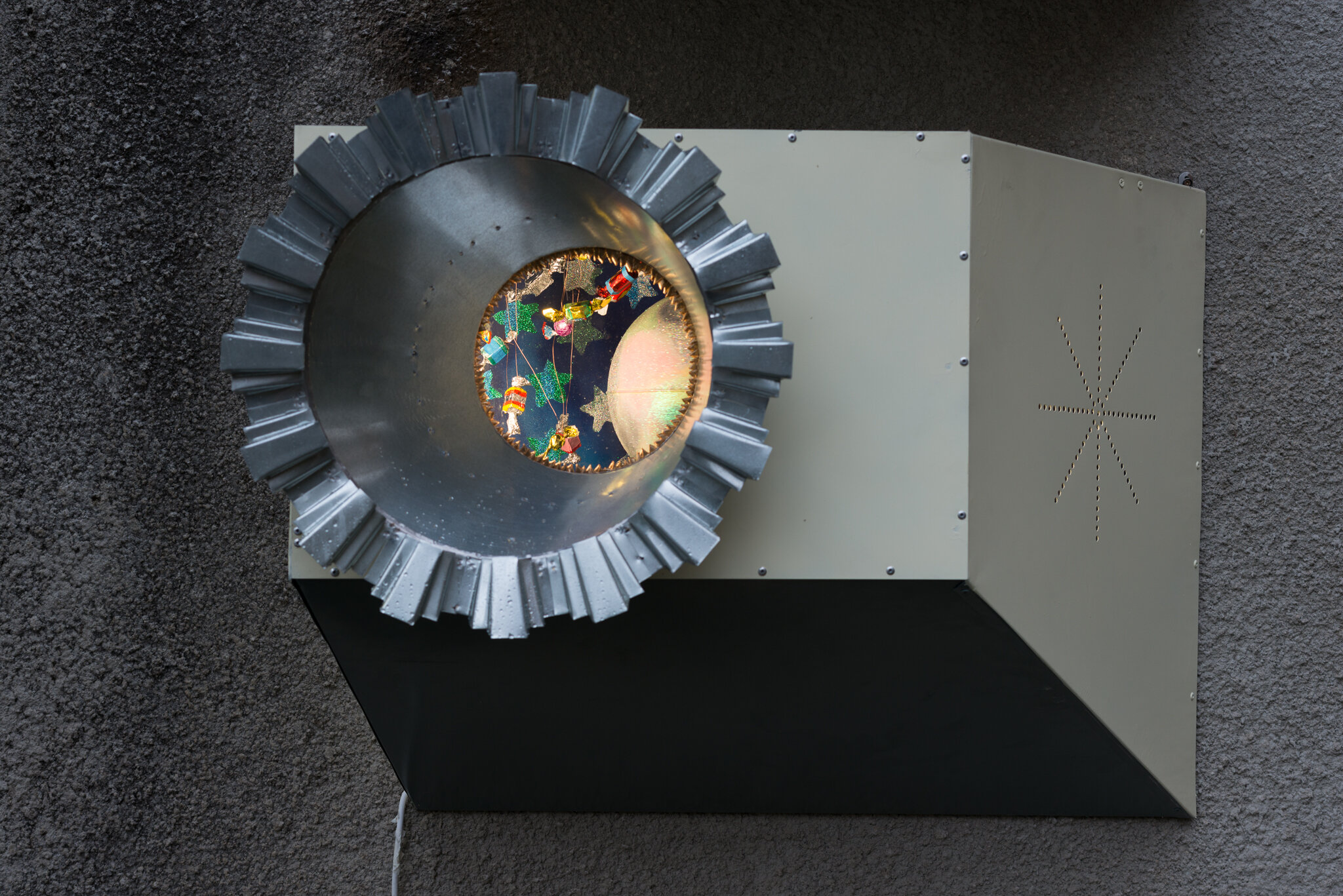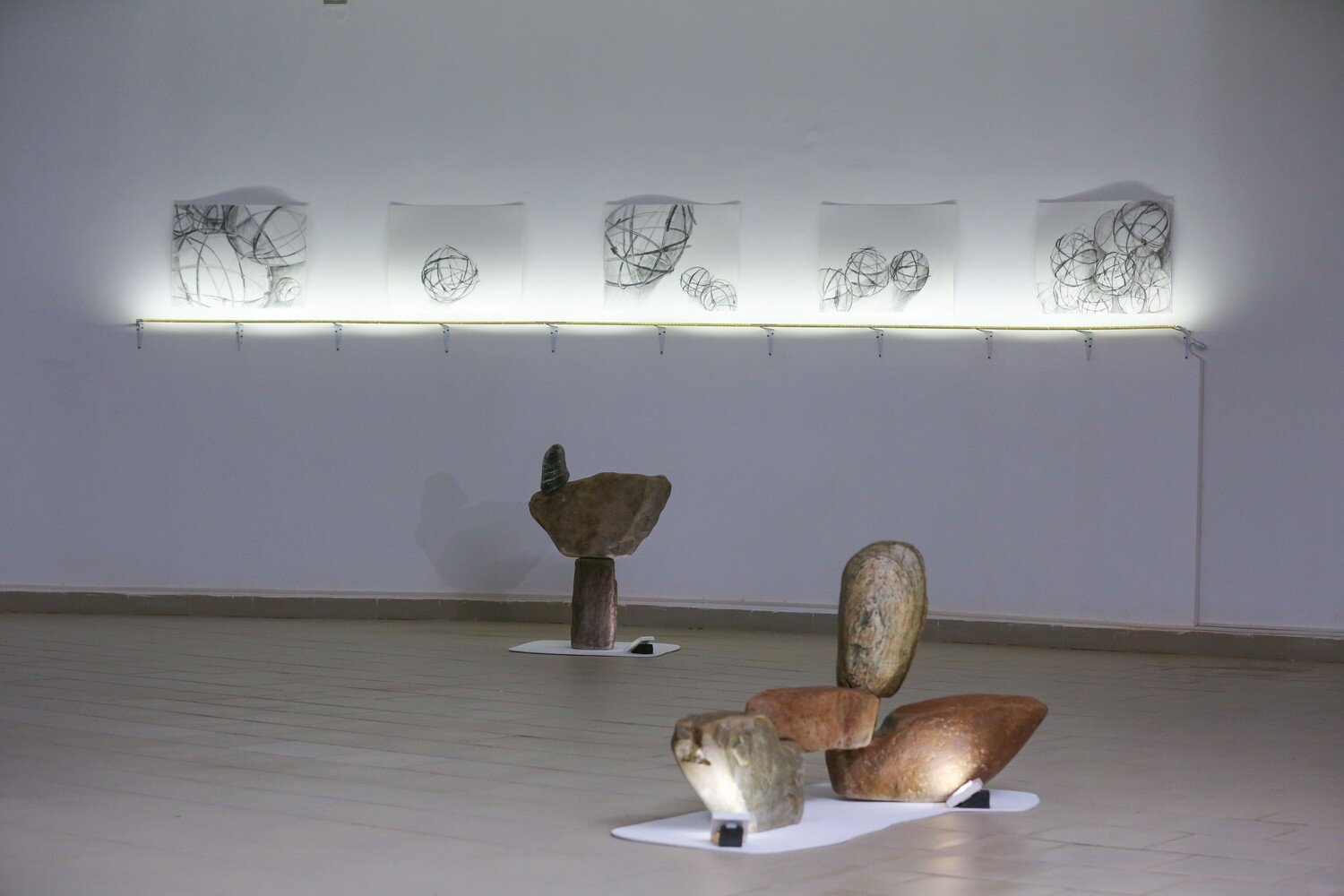Mariana, founder of the Gogova Foundation and the Artwin Gallery
Residencies are incubators for an artist's productivity, but also for funding opportunities, relationships, and perhaps most importantly, inspiration. The last five years in Russia have seen an increase in the number of residencies being created for different art professionals (stay tuned for our soon to be published mapping of art residencies in Russia). What the legacy of these programs will be – an artistic creation, new audiences, improved knowledge of a topic, attractiveness of the region - is often of little importance. What matters is that residencies add structure to a healthy creative ecosystem. To tackle this topic, we met Mariana Guber-Gogova, founder of the Artwin Gallery and Gogova Foundation, to discuss the Residence program she launched, her vision of the development of contemporary art in Russian regions, and the way her institution inspires and supports contemporary artists in Russia.
As far as I know, you graduated from MGIMO, International Economic Relations, and Foreign Economic Affairs. What brought you to the world of art?
Our parents introduced us (Mariana has a sister-twin Madina) to the world of art since our childhood. Thanks to them, we visited major museums and exhibitions, always with a guide. I love to draw, and there was even a moment in my life when I considered becoming an artist. Maybe it's a good thing that it didn't happen. At the same time, we were strongly connected to technical sciences, like mathematics and physics. So for a long time, we were hesitating between two fields of interest. Our father, a graduate of the MSU Faculty of Physics, wanted us to join his Alma-mater, and we were preparing for exams to apply to the MSU Faculty of Mechanics and Mathematics. But then something pushed us to apply to the MGIMO, where our education was well-balanced, and we had the opportunity to study Finance and Economics, as well as languages and international relations. But throughout the entire process of learning and growing up, we still were attached to the art world. After graduation, I continued my education and finished the MSU Faculty of Arts. Probably it was always destined to be a hobby that would transform into a professional activity. The world of art is too exciting, promising and bottomless, especially for professional activities today, to resist.
Mariana and her family at the residency opening in 2018 : Vladimir Guber, Mariana Guber-Gogova, Eskander and Fatima Maleki, Madina Gogova. Photo by Natasha Polskaya
The Gogova Foundation : where did the idea to create it come from?
The Gogova Foundation arose organically and became a continuation of my gallery activity. We actively developed various educational programs and provided support to artists with the search for studios and production. At some point, we noticed that the gallery naturally leaned towards non-profit and educational activities. So we decided to launch a non-profit organisation dedicated to this. Of course, the gallery keeps on supporting artists even today. Over the course of time, the Gogova Foundation has evolved and transformed gradually. In the very beginning, we organised various exhibition projects in the Old City of Baku (Azerbaijan) and in Almaty (Kazakhstan). Later, we formulated the way we would like to develop and gradually formed our strategy. One of our most important goals is to support the development of contemporary art, not only in the capital or such towns like Saint Petersburg and Ekaterinburg but also across different regions in Russia. Since 2018, the residency is situated in the Karachay-Cherkess Republic, my home region, which is very rich from a cultural, historical and natural point of view.
What have been the main achievements of the Foundation over the past years? What are you most proud of?
Of course, we are still at the beginning of our journey, and there are many plans for further development. But during the Foundation's existence, a lot of things have appeared that make us motivated and happy. For example, the fact that we moved to the Karachay-Cherkess Republic never ceases to inspire me. The region itself has accepted contemporary art unexpectedly positively. In general, we noticed that people began to understand and perceive contemporary art better. During this time, we managed to attract significant attention to the region from the art audience. Many people have discovered the Karachay-Cherkess Republic because of the residency activities. All this is a strong incentive for further development.
The Residence is located in Nizhny Arkhyz, at the Astrophysical Observatory of the Russian Academy of Sciences in the Karachay-Cherkess Republic. Why did you chose this location?
The Astrophysical Observatory is the place that we used to visit with my family when I was a child. I mentioned that my father graduated from the MSU Faculty of Physics, and for him, the Observatory has always been a place of power and interest. We have known the former Director, Yuri Balega (Russian astrophysicist, Vice-President of the Russian Academy of Sciences) since childhood, and our families have a good relationship. We got to know the talented and multi-faceted people who work with him. Being an open-minded person about the art field, Yuri Balega draws as well in his free time.
Many people are impressed by the architecture of this place. The Observatory itself is an example of monumental Soviet architecture. Its entrance is decorated with beautiful zodiac signs mosaics. The surrounding area is full of attractive sights, such as some of the oldest Orthodox churches and Gorbachev's dacha, where the 'Berlin Wall fall' agreement was signed. In general, the landscape of this area is comparable to the French Alps in its uniqueness and beauty. It seems to me that many people do not have enough knowledge and information about this place, so they are pleasantly surprised when they visit. The long-term closure of the country during the Soviet Union years led to the fact that, after the opening of the country, many people actively began to travel abroad and forgot how rich and diverse the cultural heritage of their own country is. Gradually, the situation is changing, and we are happy to be a part of this movement. The very particular place and location determine the format of the residence. We believe that an artist’s work should be a result of building a dialogue directly with a location and its context.
Tell us about the residency's territory. What opportunities does it offer to artists?
The Astrophysical Observatory, as a part of the scientific complex, is closed to the general public. Only researchers have access there. The art residency itself is on the territory of the Observatory campus. It has all the necessary infrastructure and facilities for artists. They live in a hotel that is a short walk away from the equipped exhibition space. However, we do not restrict them at all, and they can work in the nearby territory at their discretion. If artists have projects that involve the infrastructure of the science campus, we help coordinate these projects with the management, if possible. For example, during the exhibition of 2016, we implemented quite bold projects with artists such as RADYA, Irina Korina, Alexandra Paperno, Anya Titova, and Sveta Shuvaeva. Some of these artists used the objects of the Observatory itself for their works, while others involved the objects of nearby cultural heritage. The artwork of Alexandra Paperno 'Cancelled constellations' was located on the Religious Complex of Lower-Arkyz (10th century) territory, one of the most important attractions in this area. Irina Korina used the very territory of the science campus for her work. The artist RADYA, as an exception, was allowed to place his work directly on the telescope.
How do artists interact with the local context/community?
The astrophysicists who live on the territory of the Observatory campus have formed their own community. And the charming atmosphere of this place is very inspiring. We immerse participants in a unique environment, and provide them with a place where they can comfortably live and work. We identify an approximate exhibition space, but the rest entirely depends on them. Artists naturally and spontaneously find their topics of interest, heroes for their projects. They often initiate communication with local astrophysicists, and develop unexpected and fascinating outputs. In general, I think that locals understand that we try to create a connection with them, that we focus on community. What we offer to the audience is directly related to their history and to the region.
Does the format imply the creation of collective projects? Or is it more about individual work?
It all depends on the project. Sometimes artists submit group projects, and then, if they are selected, several artists may work at the residence at the same time. For example, we exhibited a collective project by Liza Artamonova and Ilina Chervonnaya in 2018. The authors of the project, entitled 'The Pearl Path Route' attempted to rethink the phenomenon of tourism as a standard set of sights and impressions which are offered to the traveler. They presented a project where existing artifacts and landmarks of Karachay-Cherkess Republic coexist with art objects. And girls spent around two months working on it together in the residence.
Key informations about the Gogova Foundation :
Funding :
The Foundation’s activities are carried out with Mariana and her family funds. For some special projects, they work with co-funding partners, such as for the large-scale international exhibition 'Observatory' in 2016 with the support of the Ministry of Culture of Karachaevo-Cherkessia and the Austrian Cultural Forum.
Artists :
The Foundation works mainly with artists from Russia, the CIS and the Middle East. By doing so, they are developing their niche on the market while still being open to expand and work with foreign artists.
Period of residencies :
Given this year is an exception, the residency usually hosts about three artists per year. Each of them spends around one and a half to two months on site, then their project is exhibited on the Observatory site, while a new artist starts working.
Audience :
The residence exhibitions and final projects are open to the public and to group and school tours. In addition to this activity for the local audience, some collectors tours are organised: after arriving at the Mineralnye Vody airport, the group moves to Cherkessk, and spend several days visiting the sights of the region. Then, inspired and prepared, they come to the territory of the Observatory and discover the artists’ projects.
Application & selection process :
Applications are made online on the Foundation’s website, in order to make the submission process as simple as possible and provide experts with all the necessary information about artists and their achievements for the selection process. Artists fill out several questionnaires, upload their CVs and sketches of the proposed projects, and provide detailed information about their ideas. All this further helps the Expert Council to collectively select finalists for the residence by anonymous online voting. The board evolves every year but for now, the Expert Councill included is composed by Jarrett Gregory— Curator, Hirshhorn Museum (Washington), Ekaterina Inozemtseva — Curator at Garage Museum of Contemporary Art (Moscow), Simon Mraz — Director of the Austrian Cultural Forum (Moscow), Alexey Novoselov — Head of the Exhibition Section of the Moscow Museum of Modern Art (MMOMA, Moscow), and Mariana.
Can you share your vision for the strategic development of the residence?
Despite covid-2019, we are making plans for the future. We plan to develop the residence, organise tours with various art market participants, such as collectors, curators and artists. Moreover, we intend to host a new large-scale international collective exhibition like we did in 2016 because such projects attract interest from the international press and the art community.
And a very last question. What do you think the Russian art market lacks today?
We have enough talented and professional artists. I don't feel that the common opinion of Russian gallerists that we don't have enough collectors is right. We have enough collectors who are ready to buy, and we need to work with them. I think that the Russian market still lacks transparency and efficiency. And by transparency, in that case, I mean the ease of relationships between different market players, the fulfilment by galleries of the condition of terms with artists. At the same time, collectors should receive complete and truthful information from dealers and artists. Probably, all these things are gradually elaborating on market development and its integration into the global market. And in many ways, the growing role of online activities that we see today contributes to this.


